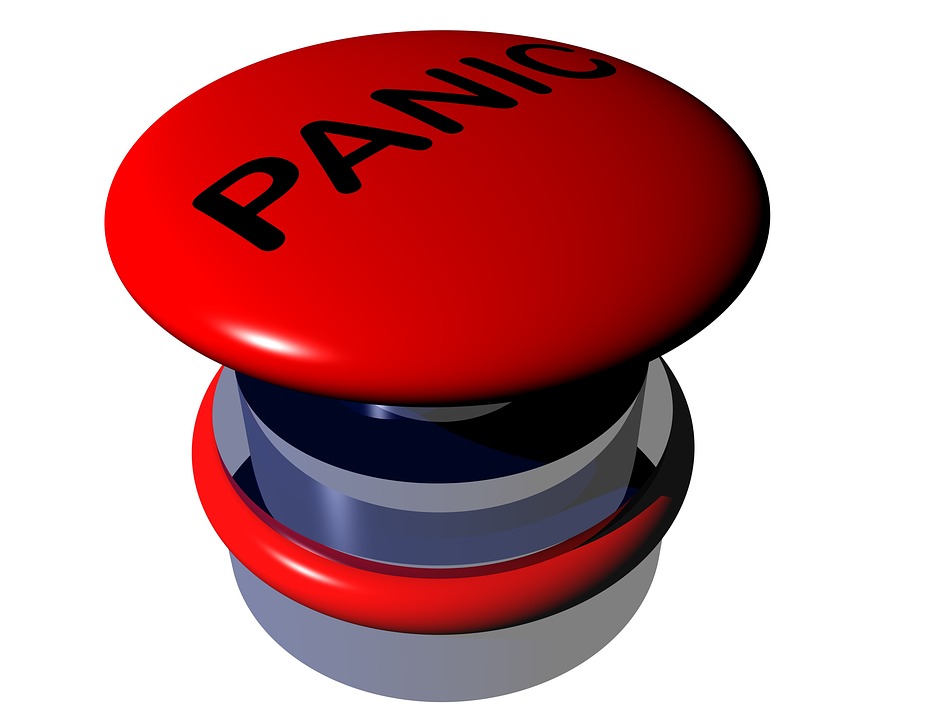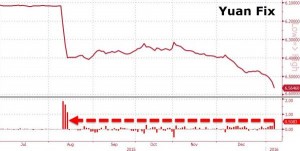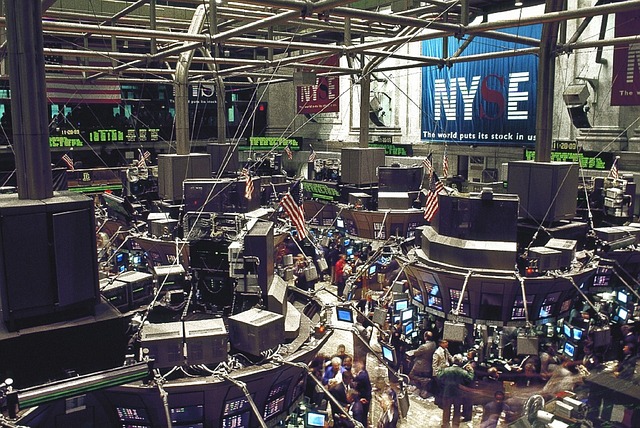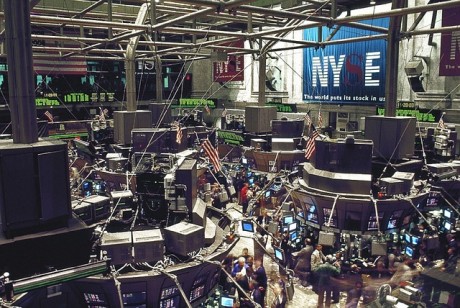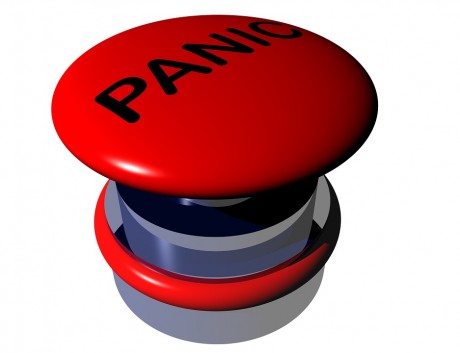 Did you see what just happened in China? For the second time in four days, a massive stock market crash has caused an emergency shutdown of the markets in China. On both Monday and Thursday, trading was suspended for 15 minutes when the CSI 300 fell 5 percent, and on both days the total decline very rapidly escalated to 7 percent once trading was reopened. Once a 7 percent drop happens, trading is automatically suspended for the rest of the day. I guess that is one way to keep the stock market from crashing – you just don’t let anyone trade. And of course the panic in China is causing other markets to go haywire as well. As I write this, the Nikkei is down 324 points and Hong Kong is down 572 points.
Did you see what just happened in China? For the second time in four days, a massive stock market crash has caused an emergency shutdown of the markets in China. On both Monday and Thursday, trading was suspended for 15 minutes when the CSI 300 fell 5 percent, and on both days the total decline very rapidly escalated to 7 percent once trading was reopened. Once a 7 percent drop happens, trading is automatically suspended for the rest of the day. I guess that is one way to keep the stock market from crashing – you just don’t let anyone trade. And of course the panic in China is causing other markets to go haywire as well. As I write this, the Nikkei is down 324 points and Hong Kong is down 572 points.
The amazing thing is that trading was only open in China for about 15 total minutes tonight. Here is how CNBC described what just happened…
China’s stocks were suspended from all trade on Thursday after the CSI300 tumbled more than 7 percent in early trade, triggering the market’s circuit breaker for a second time this week.
That drop-kicked stock markets across Asia, which were already wallowing after a weaker open amid concerns over China’s economic slowdown and its depreciating currency as well as falling oil prices.
On the mainland, the Shanghai Composite tumbled 7.32 percent by at the time of the halt, while the Shenzhen Composite plummeted 8.34 percent. The CSI300, the benchmark index against which China’s new circuit breakers are set, plunged 7.21 percent. If that index rises or falls 5 percent, the market halts all trade for 15 minutes. If it moves 7 percent, trading will be suspended for the rest of the day. In total Thursday, China shares only traded around 15 minutes.
How will European and U.S. markets respond to the chaos in Asia when they open?
That is a very good question. I think that everybody will be watching.
Already, the Dow Jones Industrial Average is down about 500 points for the year. The financial crisis that began in the second half of 2015 is now accelerating as we enter 2016, and nobody is quite sure what is going to happen next.
One key to watch is what happens with the S&P 500.
2000 is kind of like a giant line in the sand on the S&P 500. On Wednesday we saw the market hover around that psychologically-important number, and there is a whole lot of resistance right there. If we break solidly through 2000 and start plunging toward 1900, that is going to break things wide open.
The primary reason for the stock market crash in China on Thursday was another stunning devaluation of the yuan. This explanation from Zero Hedge is very helpful…
Following the collapse of offshore Yuan to 5 year lows and decompression to record spreads to onshore Yuan, The PBOC has stepped in and dramatically devalued the Yuan fix by 0.5% to 6.5646. This is the biggest devaluation since the August collapse. Offshore Yuan has erased what modest bounce gains it achieved intraday and is heading significantly lower once again. Dow futures are down 100 points on the news.
PBOC fixes Yuan at its weakest since March 2011… with the biggest devaluation since August
A massive devaluation of the yuan was also one of the primary reasons for the market turmoil that we saw back in August. The Chinese are playing games with their currency, and this is causing havoc in the global marketplace.
Meanwhile, we have received some other very troubling news about the global economy over the past few days…
-The price of oil continues to collapse. As I write this, the price of U.S. oil is down to $33.26 a barrel. Those that follow my writing regularly already know that this is a really bad sign for the global economy.
-The Baltic Dry Index just hit another brand new all-time record low. Global trade is absolutely imploding, and this is having a devastating impact on China and other major exporting nations.
-U.S. manufacturing is contracting at the fastest pace that we have seen since the last recession. This is precisely what we would expect to see during the early stages of a new crisis.
-U.S. manufacturing imports are also contracting at the fastest pace that we have seen since the last recession. It appears that “the almighty U.S. consumer” is not going to save the global economy after all.
In 2015, trillions of dollars of stock market wealth was wiped out globally. Now this new global financial crisis is picking up speed, and many of the “experts” seem absolutely stunned by what is happening.
But most of my readers are not surprised. That is because I have been breaking down the signs that have been warning us of this new crisis in excruciating detail for months. The financial carnage that we have witnessed around the globe this week is simply a logical progression of what has already been happening.
To be honest, though, even I have been stunned by what has happened in China this week. I can’t say that I expected an emergency shutdown of the Chinese markets two times within the first four trading days of the year.
Panic and fear are beginning to grip the global marketplace, and once that starts to happen events become very difficult to predict.
Let us hope that things settle down soon, but I wouldn’t count on it.
As I have said before, 2016 is the year when everything changes, and we are going to see things take place over the next 12 months that are going to shock the world.
